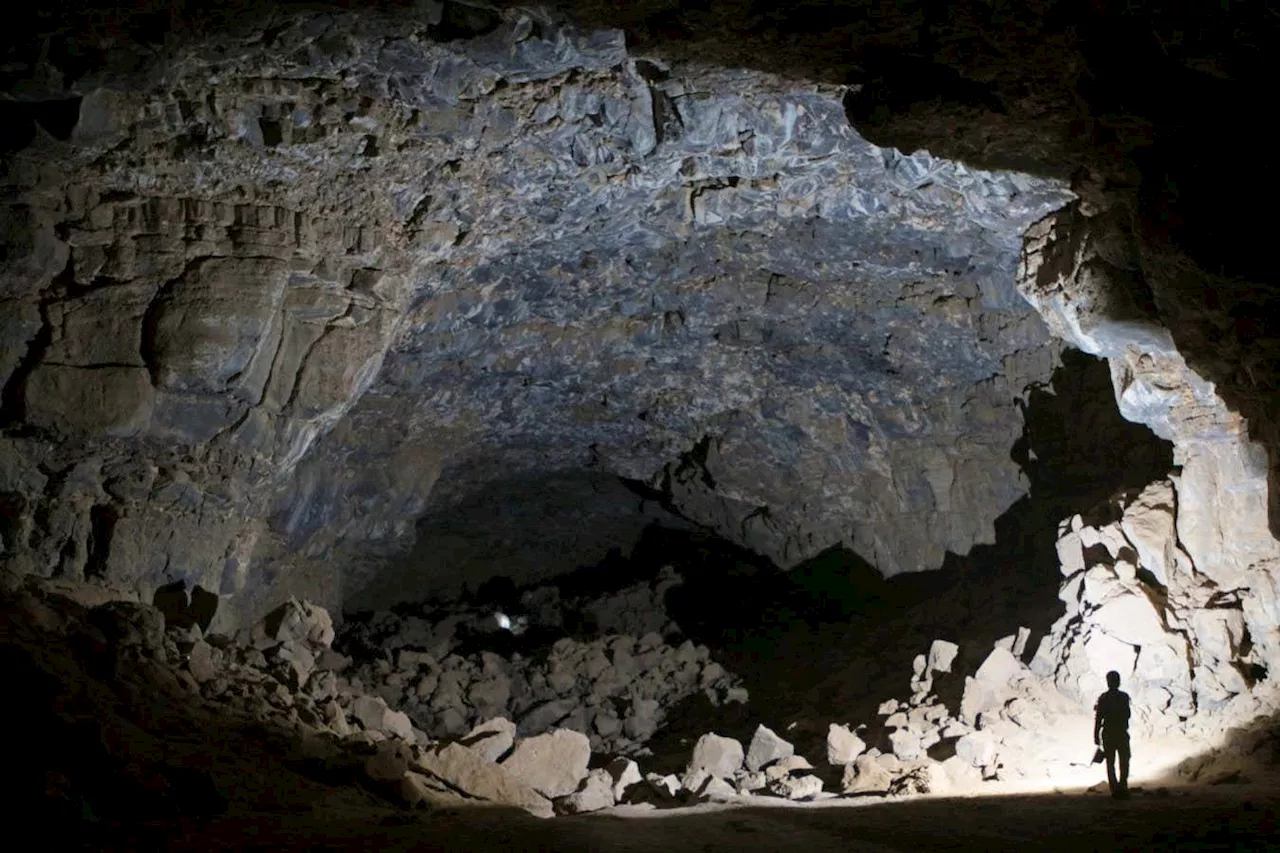Scientists have developed a new method using knot theory to find the optimal routes for future space missions without the need to waste fuel.
Just as sat-nav did away with the need to argue over the best route home, scientists from the University of Surrey have developed a new method to find the optimal routes for future space missions without the need to waste fuel.
One way of doing this is to find 'heteroclinic connections' -- the paths that allow spacecraft to transfer from one orbit to another without using fuel. The technique was tested successfully on various planetary systems -- including the Moon, and the Galilean moons of Jupiter. Both of these are the focus of current and future missions."Spurred on by NASA's Artemis programme, the new Moon race is inspiring mission designers around the world to research fuel-efficient routes that can better and more efficiently explore the vicinity of the Moon.
Space Exploration Astronomy Moon NASA Space Missions Pluto Jupiter
United Kingdom Latest News, United Kingdom Headlines
Similar News:You can also read news stories similar to this one that we have collected from other news sources.
 'Tube map' around planets and moons made possible by knot theoryJust as sat-nav did away with the need to argue over the best route home, scientists from the University of Surrey have developed a new method to find the optimal routes for future space missions without the need to waste fuel. The paper is published in the journal Astrodynamics.
'Tube map' around planets and moons made possible by knot theoryJust as sat-nav did away with the need to argue over the best route home, scientists from the University of Surrey have developed a new method to find the optimal routes for future space missions without the need to waste fuel. The paper is published in the journal Astrodynamics.
Read more »
 We Have The First Evidence of Ancient Human Life in This Vast Lava Tube CaveThe Best in Science News and Amazing Breakthroughs
We Have The First Evidence of Ancient Human Life in This Vast Lava Tube CaveThe Best in Science News and Amazing Breakthroughs
Read more »
 Humans were living in a lava tube 7,000 years ago on the Arabian PeninsulaOwen Jarus is a regular contributor to Live Science who writes about archaeology and humans' past. He has also written for The Independent (UK), The Canadian Press (CP) and The Associated Press (AP), among others. Owen has a bachelor of arts degree from the University of Toronto and a journalism degree from Ryerson University.
Humans were living in a lava tube 7,000 years ago on the Arabian PeninsulaOwen Jarus is a regular contributor to Live Science who writes about archaeology and humans' past. He has also written for The Independent (UK), The Canadian Press (CP) and The Associated Press (AP), among others. Owen has a bachelor of arts degree from the University of Toronto and a journalism degree from Ryerson University.
Read more »
 Ancient humans lived inside a lava tube in the Arabian desertUnderground tunnels created by lava flows provided humans with shelter for thousands of years beneath the hot desert landscape of Saudi Arabia
Ancient humans lived inside a lava tube in the Arabian desertUnderground tunnels created by lava flows provided humans with shelter for thousands of years beneath the hot desert landscape of Saudi Arabia
Read more »
 First evidence of human occupation in lava tube cave in Saudi ArabiaRecent strides in interdisciplinary archaeological research in Arabia have unveiled new insights into the evolution and historical development of regional human populations, as well as the dynamic patterns of cultural change, migration, and adaptation to environmental fluctuations.
First evidence of human occupation in lava tube cave in Saudi ArabiaRecent strides in interdisciplinary archaeological research in Arabia have unveiled new insights into the evolution and historical development of regional human populations, as well as the dynamic patterns of cultural change, migration, and adaptation to environmental fluctuations.
Read more »
 Humans Sheltered in This Lava Tube for Thousands of YearsA mile-long lava tube in Saudi Arabia was full of life, as new archaeological research shows.
Humans Sheltered in This Lava Tube for Thousands of YearsA mile-long lava tube in Saudi Arabia was full of life, as new archaeological research shows.
Read more »
